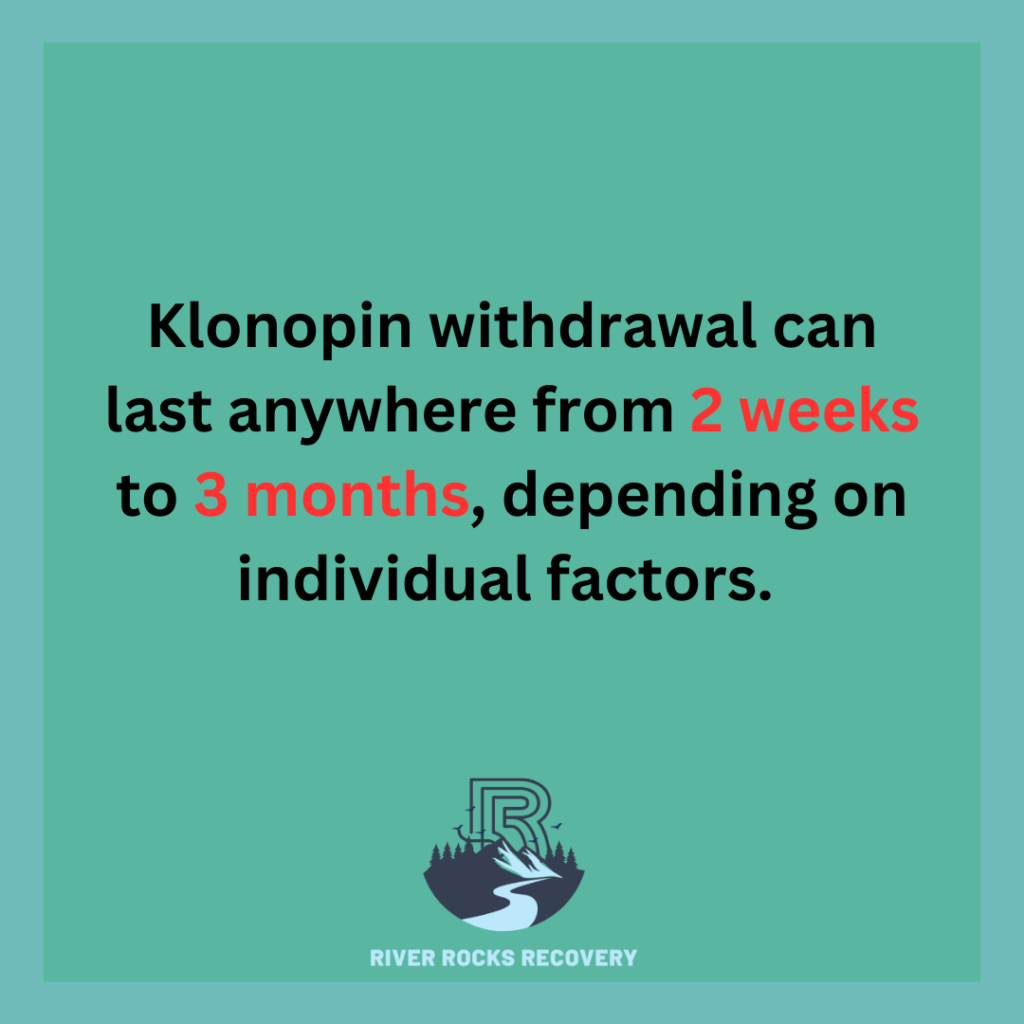Klonopin is an anxiolytic drug that is usually advised to treat several issues like anxiety, depression, seizures, and stress. It also is used as a muscle relaxant and offers relaxing energy within the body, which results in feeling lighter and healthier. While Klonopin is beneficial, long-term use can cause physical dependence, making stopping difficult.
In this blog, we will understand the withdrawal timeline and how to handle symptoms that might help make the recovery process go more smoothly. So, let’s dive into it!
What is Klonopin withdrawal?
When you take Klonopin regularly, your body may grow reliant on it, which means that your system has adapted to the drug’s effects or if you stop it you will experience withdrawal symptoms.
These symptoms appear as your brain adjusts to operating without the medication. The severity and duration of withdrawal can vary based on the dosage, period of usage, individual health, and whether the drug was combined with another substance.
What is Klonopin’s Withdrawal Timeline?
Let’s uncover the withdrawal timeline and problems you may face:
1. Initial Phase (1-3 days)
The earliest signs of withdrawal often show between 24 and 72 hours following the last dose. During this time, you may experience increased anxiety, irritability, restlessness, and insomnia. These symptoms may be modest, but they are frequently the first signs that your body is reacting to the absence of Klonopin.
2. Acute Phase (1-2 weeks)
This phase is usually the most intense and difficult aspect of the withdrawal process. Symptoms peak during this time and may include, severe anxiety or panic attacks—tremors, or shaking, sweating, muscle aches or stiffness, difficulty concentrating, nausea, and vomiting. The acute phase is vital, and you must get help or consider addiction treatment programs to handle the more severe symptoms effectively.
3. Subacute Phase (2-4 weeks)
As you move beyond the acute period, the strength of your symptoms decreases, but they may still be persistent. During this time, you may experience prolonged anxiety or depression, fatigue, sleep disorders, and mood swings. The subacute phase is a transitional time in which your body continues to adjust, and while symptoms may persist, they are usually less severe than in the acute phase.
4. Protracted Withdrawal (Months or Years)
Some people may suffer symptoms for months or even years after stopping Klonopin. This illness is referred to as protracted withdrawal syndrome (PAWS). Symptoms may include, occasional anxiety or panic attacks, mood swings, and cognitive challenges, such as memory problems or difficulty concentrating. While prolonged withdrawal is uncommon, it is vital to be aware that some symptoms may continue and to seek continuous care as needed.
How to Manage Klonopin Symptoms Withdrawal? Call River Rocks Recovery!
To manage Klonopin symptoms of withdrawal, perform the following techniques:
Get Medical Support
If you want to reduce Klonopin withdrawal symptoms, River Rocks Recovery is the best rehab to ask for help. Their healthcare professionals help you in reducing the severity of withdrawal. In some situations, additional drugs may be prescribed to treat specific symptoms such as anxiety, sleeplessness, or nausea.
Ask Therapeutic Support
Psychological assistance is also vital during withdrawal. Cognitive-Behavioral Therapy (CBT) can assist you in overcoming anxiety and developing coping strategies. River Rocks Recovery Support groups can provide you help you want.
Lifestyle Adjustments
Making healthy lifestyle adjustments can help with your rehabilitation and overall well-being. Maintain a well-balanced diet, remain hydrated, and exercise regularly. Physical activity can help manage stress and improve mood. If you want to get back in your life, consult with River Rocks Recovery. They are available to help you get through this process securely.
Seek Help from River Rocks Recovery
Are you struggling with substance abuse and looking for a comprehensive treatment program? River Rocks Recovery offers personalized care and evidence-based therapies to help you overcome addiction and regain control of your lives. We believe in a holistic approach to addiction treatment, addressing the physical, emotional, and psychological aspects of addiction.
We are committed to providing the highest quality of care to our clients. Our team of experienced professionals is dedicated to your success and will work tirelessly to help you achieve your recovery goals.
To learn more about River Rocks Recovery or to schedule a consultation, please contact us at:(888) 905-6281 or fill the contact form. Take the first step towards a brighter future. River Rocks Recovery is here to help you.
FAQs: Klonopin Withdrawal Timeline
What are the risks of stopping Klonopin abruptly?
Abruptly stopping Klonopin can cause severe withdrawal symptoms, including:
- Anxiety and agitation
- Insomnia
- Tremors
- Seizures
- Muscle cramps
- Sweating
- Nausea and vomiting
- Hallucinations
How long does Klonopin withdrawal last?
Klonopin withdrawal symptoms typically begin within 24 hours of stopping the medication and can last for several weeks.
Can Klonopin withdrawal symptoms be severe?
Yes, Klonopin withdrawal symptoms can be severe and even life-threatening. It is important to taper off the medication gradually under the supervision of a healthcare professional.
When should I seek medical help for Klonopin withdrawal?
If you experience severe withdrawal symptoms, such as seizures or hallucinations, seek medical attention immediately.





























